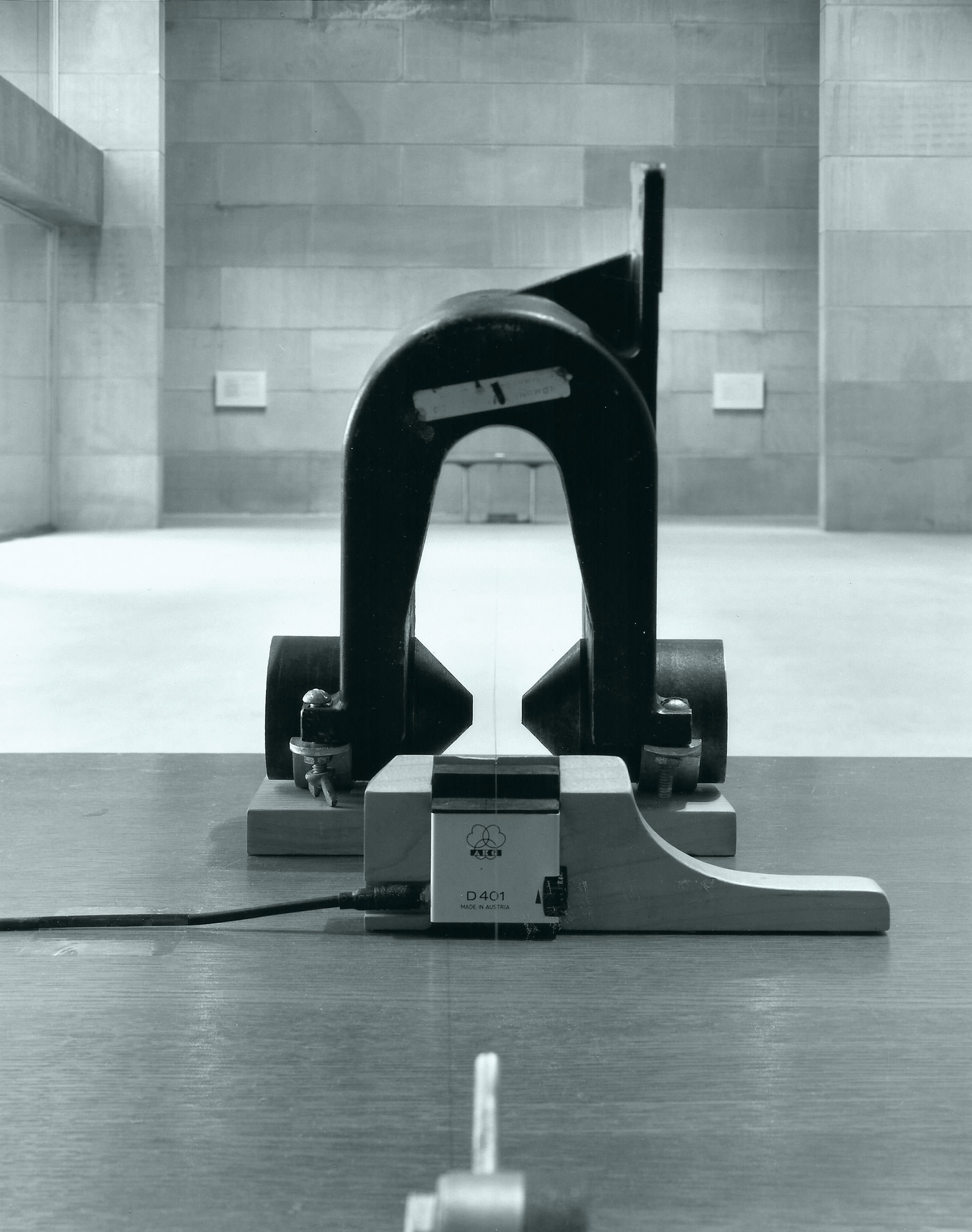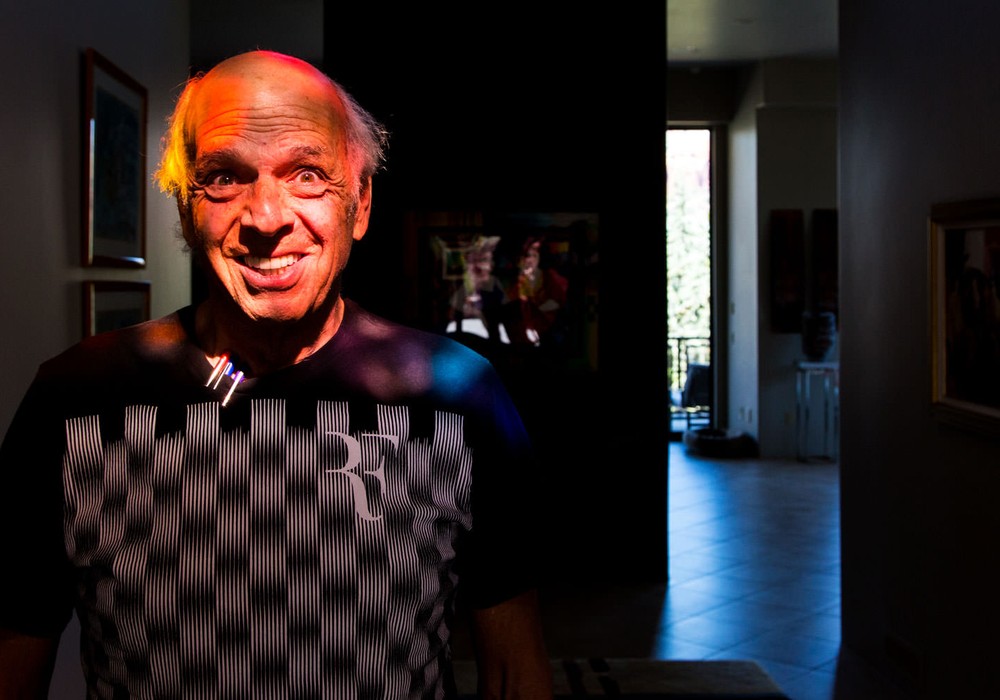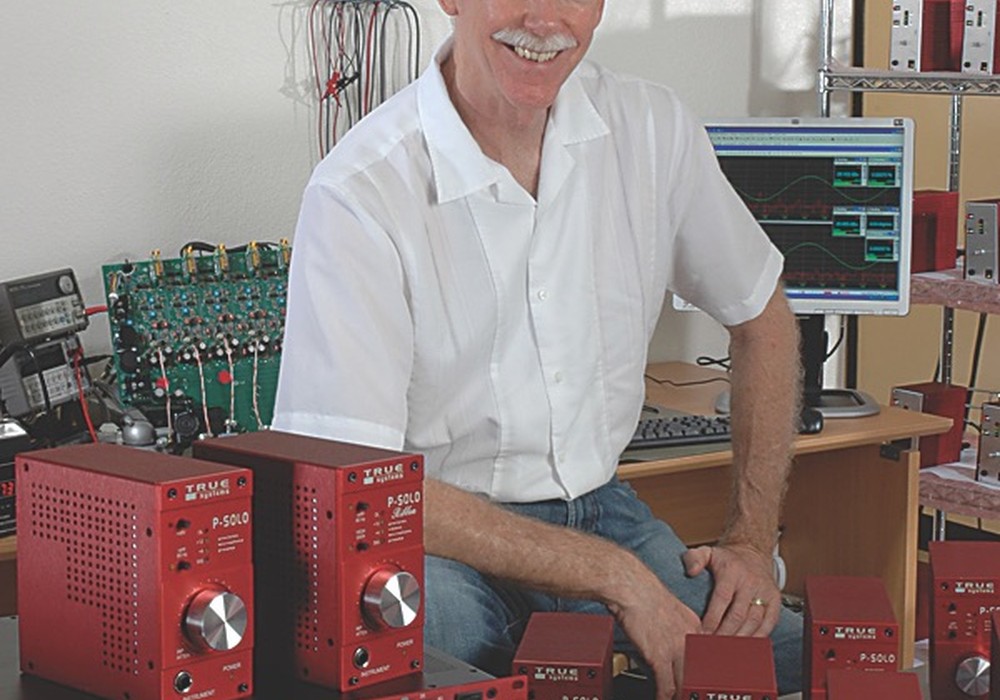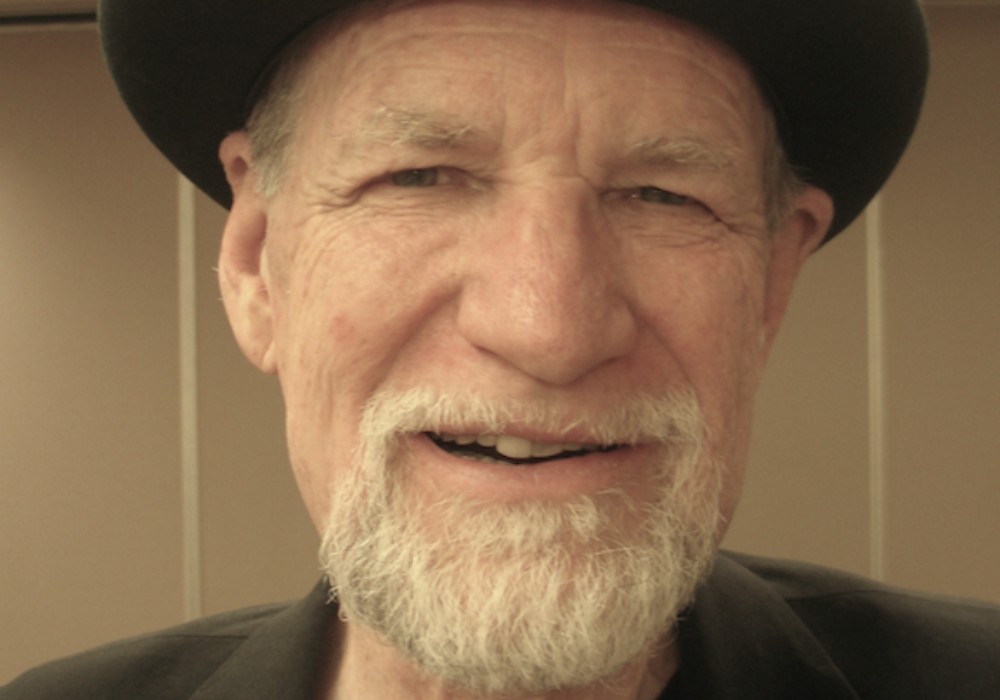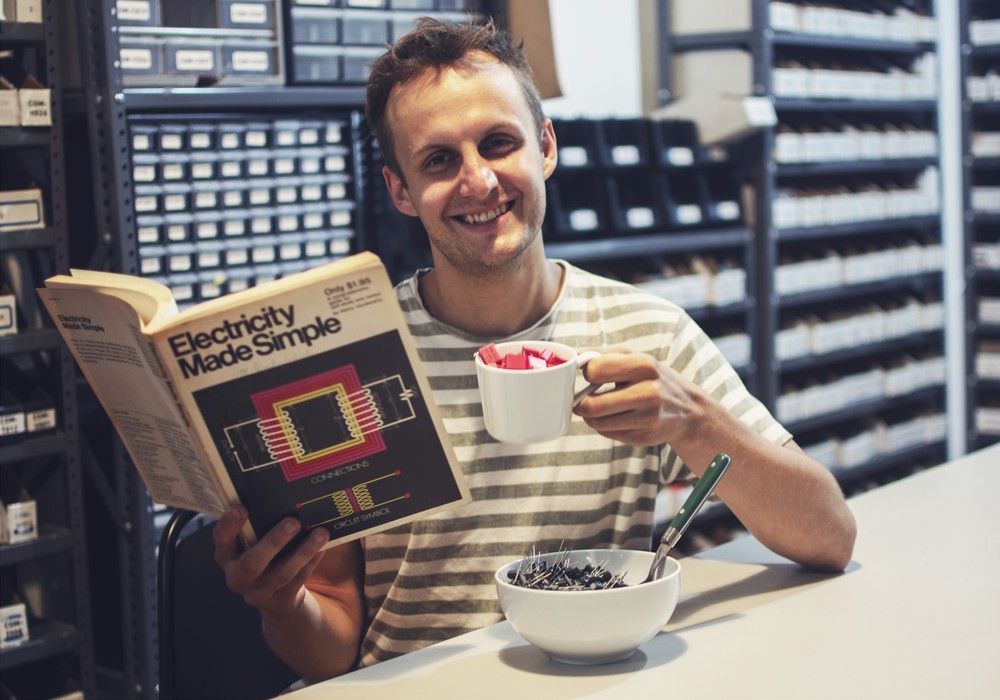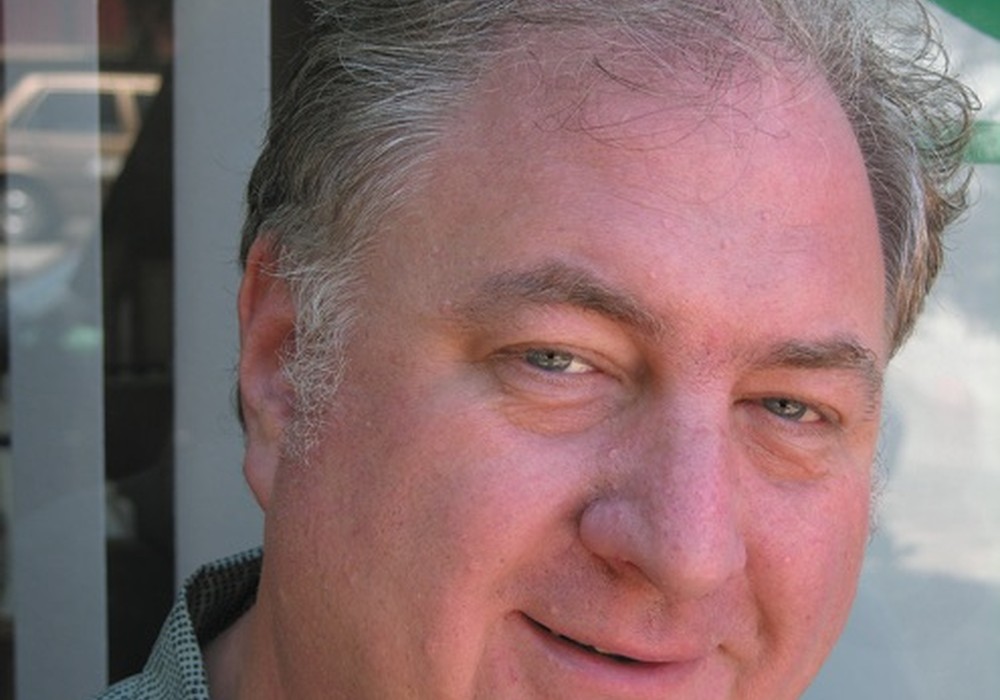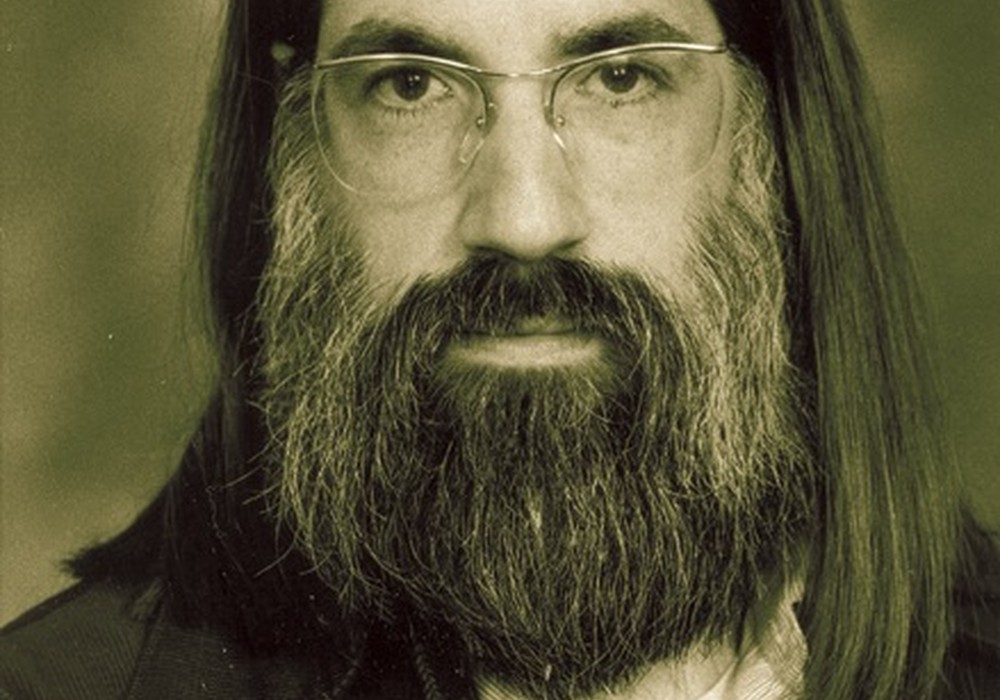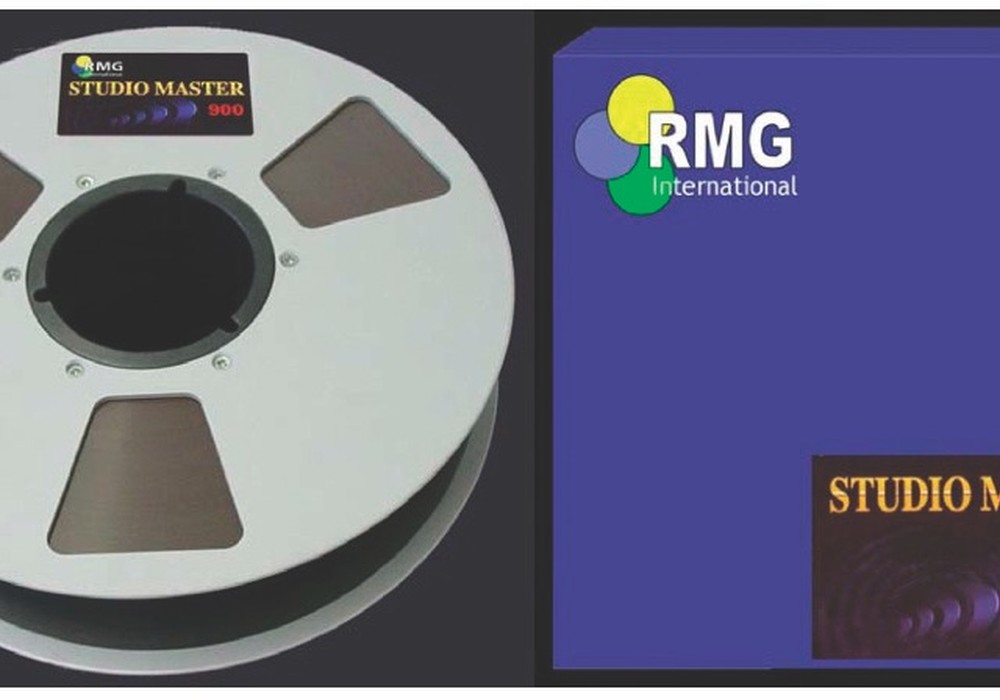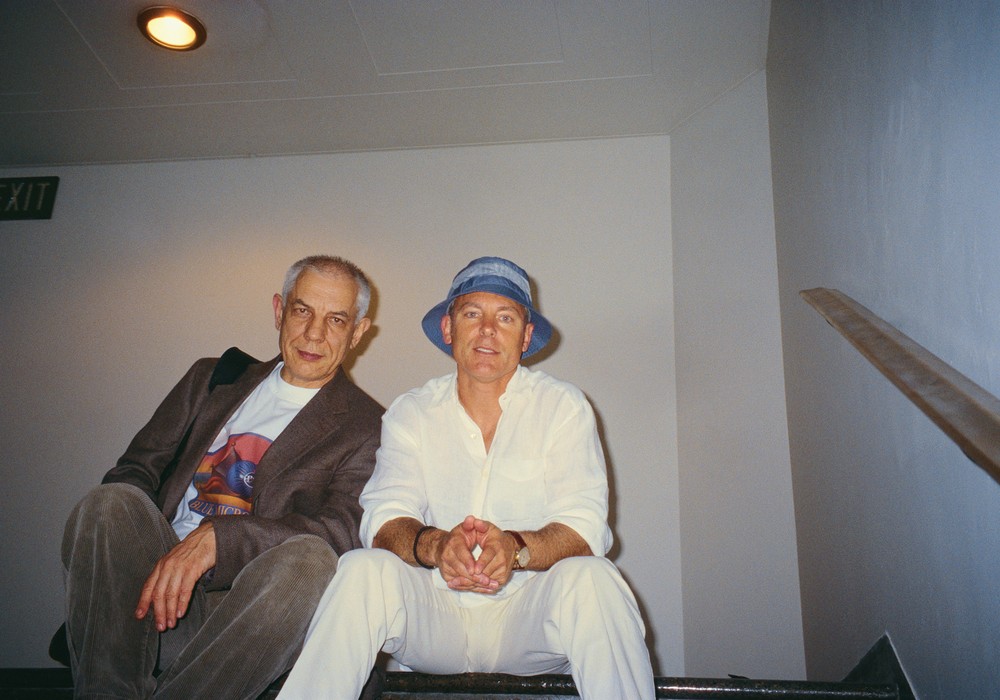One of the original founders of Eventide Clock Works Inc, Richard Factor has seen a lot of changes in the world of audio and electronics. Eventide’s time-based effects units were some of the first to open up new sounds and effects.
I know there was a connection with Eventide to Sound Exchange studio in New York. How did that happen?
My buddy Steve Katz was running the studio. It had an [Ampex] MM 1000 and a whole bunch of stuff against the walls. Really, all you could do was move around in a swivel chair and that’s it.
Boxed in?
That’s exactly right. He couldn’t get the tape deck under control without an assistant, so he’d have to waste a lot of time. He said, “Wouldn’t it be great if I had an autolocator?” About the time of the MM 1000 there was the Ampex Video Recorder, which did have autolocators. He got the Ampex sales guy to give him a roller, sort of like a capstan, but not quite as firm. He said, “Can you use this thing?” It was an optical encoder, and integrated circuits were just coming into use. I said, “I could design that for you.” It was kind of primitive, using a sort of hunt and peck instead of proportional control. You couldn’t quite do that yet; they didn’t have computer chips. So, I built an autolocator. He had the Ampex salesperson come in and say, “I bet other people could use it.” So, we started selling autolocators. That turned into a business.
It was just third-party autolocators to use with Ampex?
Yeah. We sold them to Ampex, and Ampex resold them with the MM 1000s. We probably sold 100. This would have been 1970.
When the 16-track decks were first coming out. How did that lead into time-based effects development?
It was a bit of a path. I had actually built an incredibly primitive, terrible sounding pitch changing unit in ‘69. I was working in the military-industrial complex at the time. They had some incredibly expensive ICs, like a flip-flop for $70, and 256-bit shift registers. I managed to get enough bad ones, because you’d test something, and it’s got four sections but one section’s bad. Out it goes. I had the techs save them [the bad ones] for me. I built this pitch change unit, and it worked. It was only voice bandwidth. I was thinking you could speed up listening, to get people to talk a lot faster. Anyway, this was in the very late ‘60s, but I dropped all that. You really couldn’t do it with your own money. It had to come from the government. We started building analog gear. We demonstrated a lot of empty boxes at AES. They had knobs and lights but were full of empty.
Just the concept?
A lot of people said, “That phaser looks like it could be good.” I don’t remember if I called it the Instant Phaser at the time. I built one, and people started buying them. This was strictly analog. It used operational amplifiers, field-effect transistors, and a bunch of capacitors. Just by varying the resistance on the field-effect transistor, you’ve got an all-pass network where the phase goes from zero to approximately 180. Put enough of those in series, and it’s not really proper delay, but there’s some sort of delay in there. It’s a small fraction of a millisecond, but the phase changes, and that’s where you get that effect. We didn’t do bucket brigades until Panasonic came out with that chip in the mid-‘70s. That’s when we did the Instant Flanger. I didn’t actually design that. Another buddy of mine who’s in France right now did that.
Eventide was one of the first companies to work a lot with the digital time-based effects.
I can tell you exactly how the 1745 delay in 1971 came to be. There was a trade journal, I think Electronics News. One day I opened it up, and the centerfold had a shift register. 980 bit. Not kilobits. Not gigabits. 980 bit shift registers. I think they were under $10 each. I did the math and I could build a delay line – 100 or 200 ms – for a few thousand dollars. I could build a delay line with those, and that’s exactly what I did. If it weren’t for that chip, maybe a year or two later, another chip came out which was 1024 bits and was somewhat more reliable, to the extent that we didn’t have to ship spare chips with the delay lines.
Did you have to have everything socketed so you could just swap them out?
They weren’t socketed. They were easy to solder and unsolder. You could actually see components in those days. They were visible. They were both pioneering and very troublesome.
You’re talking about instability.
Not so much instability as mortality. You put in 100, and 10 of them are dead by the next day and two are dead by the next day and one is dead by the end of the next week, and then you’ve got a good chance of having a reliable product. What we found out subsequently was that the chips were “seconds.” Everything they couldn’t sell to IBM they sold to us. One day they accidentally sent us a shipment of IBM chips. They said IBM on them, and they were perfect.
You had to pay a lot of attention to bandwidth and frequency range because that was going to steal your memory, right?
Absolutely.
With the voicing of a lot of these circuits, what went into that to make sure that they were euphonic and felt musical?
Interestingly, we used an A-to-D converter that we built ourself. It wasn’t the best A-to-D in terms of distortion or dynamic range, but what it was was perfectly linear around the zero crossing. It was absolutely monotonic based on the design, which used a really high-frequency clock and a counter. Because of that when your signal levels got lower, even though it was only a 10, 11, or 12 bit converter, it didn’t start sounding crappy when the signal levels went down.
The resolution just disappearing?
Not so much disappearing. Because it was monotonic, you’d get a quarter step and then a three-quarter step. These things were very linear. Then we used dbx compression, thanks to David Blackmer who was selling us those modules. He was a wonderful man. He gave me some hints. He was 10 or 20 years older than I am. He just had so much analog experience that, to an extent, I took advantage of.
The compression was working to keep the levels up at a certain level going into the conversion?
Yeah. That would make the dynamic range 90 or more dB with a 60 dB converter. The fact that it was totally monotonic around zero crossing made it sound good, even at lower levels. It sounded pretty good, but you could hear artifacts, especially with the sine wave, that you don’t hear today. As you know, everything in engineering is a compromise of one sort of another. We made the compromise so that it sounded good even though the specs might not be ideal compared to something you make today.
I think that’s one of the keys some people forget.
For example, the Instant Phaser. We’re making a plug-in right now. I think we released a previous plug-in. They don’t sound exactly the same. Some of the things that you have to simulate in the plug-in have to do with component tolerances and perturbations, possibly due to power supply changes on the control voltage. The fact that all the FETs could not be perfectly matched, even though I did my best with a little homemade tester. As they get older, some of the characteristics may change a little, because it’s all analog stuff and wasn’t built to military spec. I actually took some data from one of the guys on the old one. I made this automated thing, measuring the clock frequency from time to time. That was with a flanger. If you really want something to sound old, you have to work at it.
The advances in electronics were leapfrogging all the time. Was it frustrating at times to be like, “Now that that chip is out, we could have designed this much more economically, or done more with the memory”? It happened relatively fast.
It did. For example, the 1745M digital delay took advantage of that. We came out with three units. The 1745, which is the horrible shift registers, the 1745A with a better control, optical encoder, slightly better shift registers in ‘73, and then in ‘74 the 1745M, which finally took advantage of memory chips instead of shift registers. That gave us plenty of opportunity to improve things. I remember midway through the production of that the 16k chips came out. We changed the board with the memory, and suddenly you’ve got four times as much delay for about the same price. In this business as in any electronics business, nothing lasts forever. You keep redesigning it. You design new things as the technology makes it possible.
What year did the first Harmonizer, the 910 come out?
That came out in ‘75. Tony Agnello did the design on that. There was a pitch change module for the delay line. I saw an ad for a FIFO chip, first-in-first-out. It had an input clock, an output clock, and it made doing pitch change really easy. But this was a module that cost a lot of money, and a delay line that cost a lot of money. Everything sounded great, but we knew we weren’t going to sell vast amounts of them, because no one could afford it. So, Tony designed the H910. That used memory chips and a lot more complicated logic, because it didn’t have the FIFO. The H910 happened to be in the sweet spot in terms of capability and money. Suddenly we couldn’t make them fast enough. That was a great product. It still is a great product.
While you were designing these, were you working with musicians and studios and getting feedback the whole time?
Yeah. We were originally in the middle of Manhattan. The company was born downstairs from the studio. My buddy with the control room was upstairs, and then we had the main floor with a pool table and an office or two. Then downstairs we had workbenches and, this being New York City, rats and leaks. We could get immediate feedback just by walking upstairs and saying, “Hey, try this.” That worked nicely. Being in the middle of Manhattan, there was Record Plant and Sound Ideas. I and others just walked this stuff over. Someone was just telling me the story of going down to Electric Lady Studios. I think that was Tony’s brother, John Agnello [Tape Op #14]. Delay line under the arm.

Was it a really neat thing to see your products in use and new creativity?
We were thrilled, obviously. I’ve been a rock and roll fan forever. I’ve personally gotten involved in some Grateful Dead stuff and Led Zeppelin in concert. Hearing bands like that play through things that I had touched is quite the thrill.
I also know you got into broadcast stuff, like delay lines for censorship. That makes a ton of sense.
Yeah. Actually my personal background is not in recording but in broadcast.
Like in radio?
Yeah. I worked at WABC for a few years.
I didn’t hear much about Eventide in the early-’90s or maybe mid-’90s and didn’t know what was going on. Was there a time when it was on the back burner?
Yes and no. To some extent we were resting on laurels. To some other extent, we got involved in other product lines that were becoming really successful. Aviation. One of our major business right now is public safety recording. Logging recording for police stations, 911, air traffic control, all of that sort of thing. I was kind of scattered. We were in New Jersey, and I wasn’t visiting studios every day. Fortunately Tony Agnello rejoined us back around 2001. He’s running the company at this point.
Especially with his brother being such a wonderful producer/engineer, he’s always had his foot kind of in the music end of it.
Yeah. Well, you know John started his career with Eventide.
I heard he almost burned the place down!
If he almost burnt the place down, I don’t want to know the details, because I might get annoyed with him.
It had something to do with somebody lighting up the flux remover vat.
Was that him?
Yeah, that’s what he told me.
Those were the days when 1-1-1-trichloroethane was not a known carcinogen. And we all seem to have survived!
The march of electronics technology, the breadth of what you’ve seen is pretty wide, going from the transistor era into the ICs into where we are with subminiature.
When I was born, there was no such thing as a transistor! I’ve lived more than half the life of radio, and almost all of the life of television. It makes me very unhappy that I can’t live forever. That’s really my goal. I’m curious. I want to know about cosmology. Is the universe really going to continue to exist? There are a lot of theories about that.
Most of the Eventide gear is time based. What was the intrigue with that which led to doing so many products in that realm?
I don’t know that there’s any connection there. I’m a big science fiction fan and know a lot of theories about time travel, which are totally conjectural, but the effects we did with time base were things you did because you could. Somehow if you could do a space warp, we’d do that too, but it takes too much energy.
You can warp time.
Yeah.
Has it been reassuring to see the company move on and do things like the H9 pedal and all sorts of interesting ventures?
Sure. I love that stuff. I try to test it. I’m obviously not as attuned to the industry now.
It’s amazing to see how much processing power can happen now in a small pedal. In our phones! They’re more powerful than a big computer a handful of years ago.
I know. It’s getting to the point where you’re not even going to want a computer. The most recent Galaxy Note 9 can have a terabyte of nonvolatile storage. It has easily enough power to be a computer, so you put it in your pocket, and all you need where you go is a little adapter and a screen.

What do you think Eventide’s biggest legacy will be with music at the end of the day?
Well, I sort of would like to say the early years, only because we were it. If you look around now, almost everybody’s making plug-ins, and there’s a handful of companies making hardware. Back then, if you were a time-based effect, it was pretty much us.
AMS is a few years later, and it’s one of the few.
AMS was later. And to be fair to Lexicon, they had a digital delay about the same time that we did, but I don’t think a lot of rock and rollers got involved in that. We were more attuned to the music industry.
